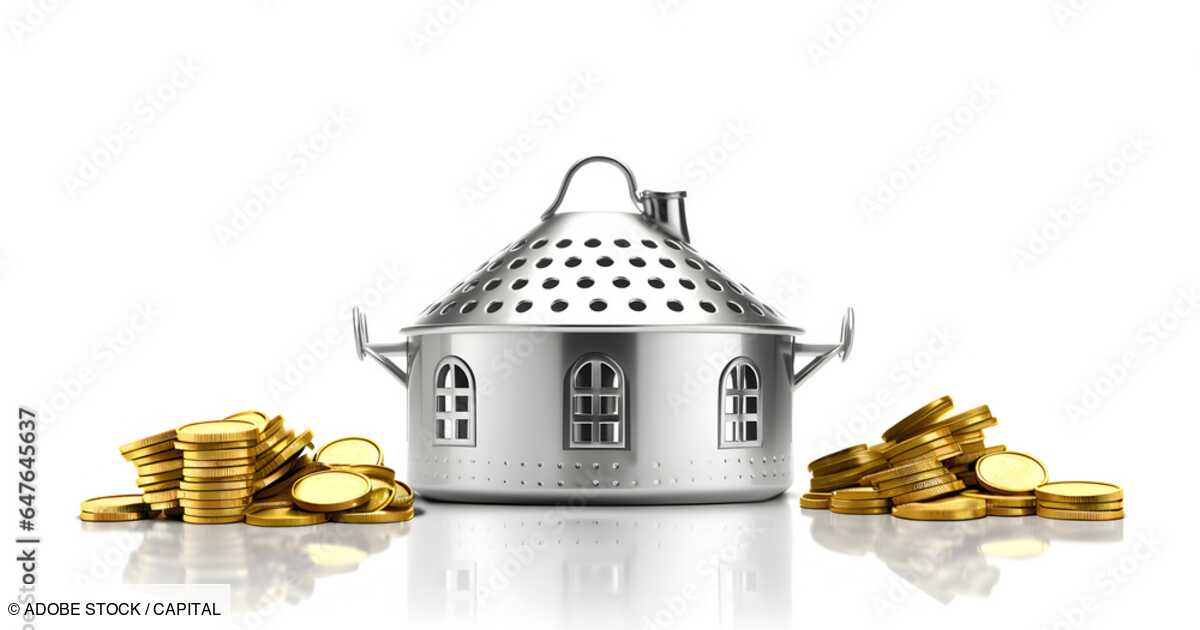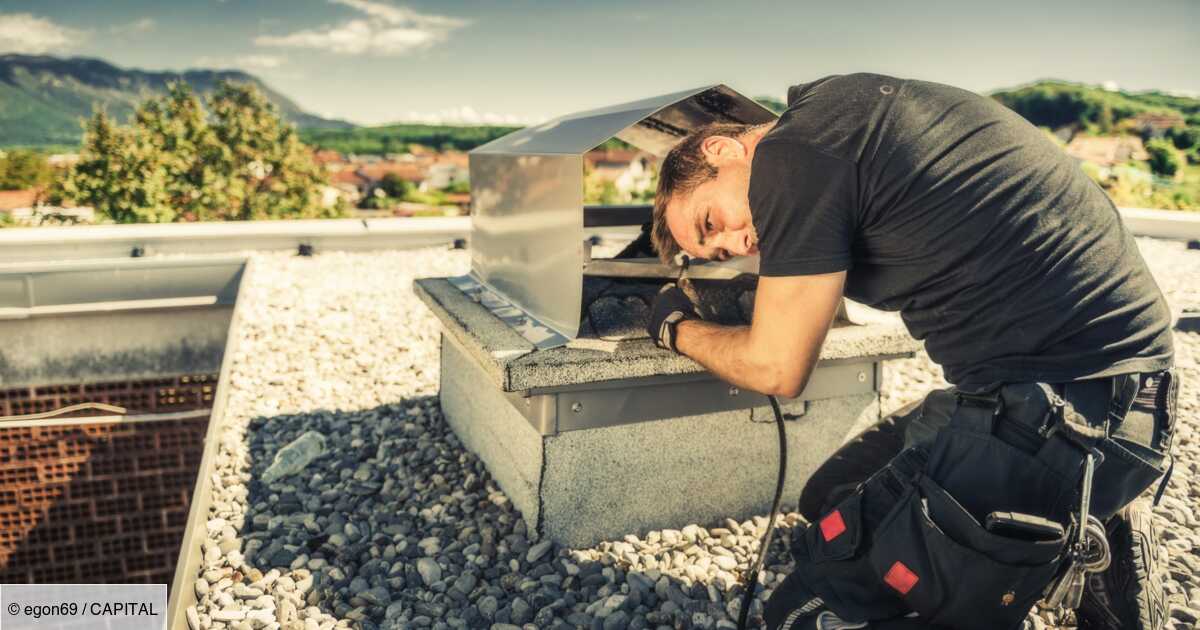
Free forum
Renters of furnished properties, you must pay the business property tax. Baptiste Bochart, lawyer at the rental income declaration specialist jedeclaremonmeuble.com, explains how to reduce the cost.
The business property tax is a tax well known to furnished rental companies, who are subject to it. However, there are several strategies to limit the impact on the profitability of the activity.
How do I know if I will pay the CFE?
Payment of the CFE in principle concerns all furnished rental companies, but certain exceptions exist. Thus, if your annual turnover for the furnished rental activity is less than €5,000, you will be exempt from CFE. The same will apply if the rented accommodation is part of your main residence or, in certain municipalities, if it is classified tourist accommodation. In fact, in principle, classified tourist accommodation is exempt from paying the CFE, unless decided otherwise by the municipality. Renters of unclassified furnished tourist accommodation may therefore have every interest in considering a possible classification of their property, in order to avoid the CFE, among other advantages conferred by the status of classified tourist accommodation.
How is my CFE amount calculated?
The amount of your CFE will be determined on the basis of the turnover of your activity. There are thus several CFE tax brackets depending on annual turnover. Please note, in terms of CFE, the turnover used is that of year n-2, i.e. two years previously! Beyond your annual turnover, it is also the theoretical rental value of your property on January 1 of the year which will count for the calculation of your CFE. This value will be determined in particular by the surface area and location of your property, and a revaluation rate will be applied, which varies depending on the municipality. In any case, any lessor subject to payment of the CFE will always have to pay a contribution, whatever the rental value of their property or its location. In principle, the lowest amount is €237, but some municipalities can also go lower.
CFE: Possible exemptions?
Before even asking this question, rental companies must keep in mind that they benefit from an exemption from the CFE in the first calendar year, i.e. that of the creation of the activity. As for the second year, the CFE is calculated on half of its base. It therefore only needs to be paid in full from the third year of activity. To reduce the amount of CFE, it is possible to turn to the community and request an exemption from CFE, which may be granted for the creation of a new establishment, and will last for 3 years from of the first year following creation. Please note, because any request for exemption must be sent using a form (1447-M-SD) to your SIE before the 2nd working day following May 1 of the current year.
What is the CFE relief?
Few rental companies know that it is possible for them to benefit from a reduction, in other words a partial reduction, on the amount of their CFE. Although this is not a total exemption, this relief can be beneficial for many rental companies. It will be calculated on the basis of the added value of your LMNP activity, an added value which depends on the type of activity, whether short or long term rental, as well as the tax regime chosen. The relief is then determined on the basis of this added value. Its calculation being particularly complex and variable depending on multiple factors, we therefore recommend that you work with a specialist to find out how it is calculated according to your situation.
CFE and real regime: a possible deduction
If the vast majority of furnished rentals bear the financial burden of the CFE, only those who benefit from the real tax regime can deduct the amount of the CFE from their tax result. Indeed, thanks to the real tax regime for furnished rentals, the CFE is considered as a deductible charge, which allows the lessor to absorb the cost by reducing its taxable amount on its furnished rental income.
Receive our latest news
Every week your appointment with real estate news.









